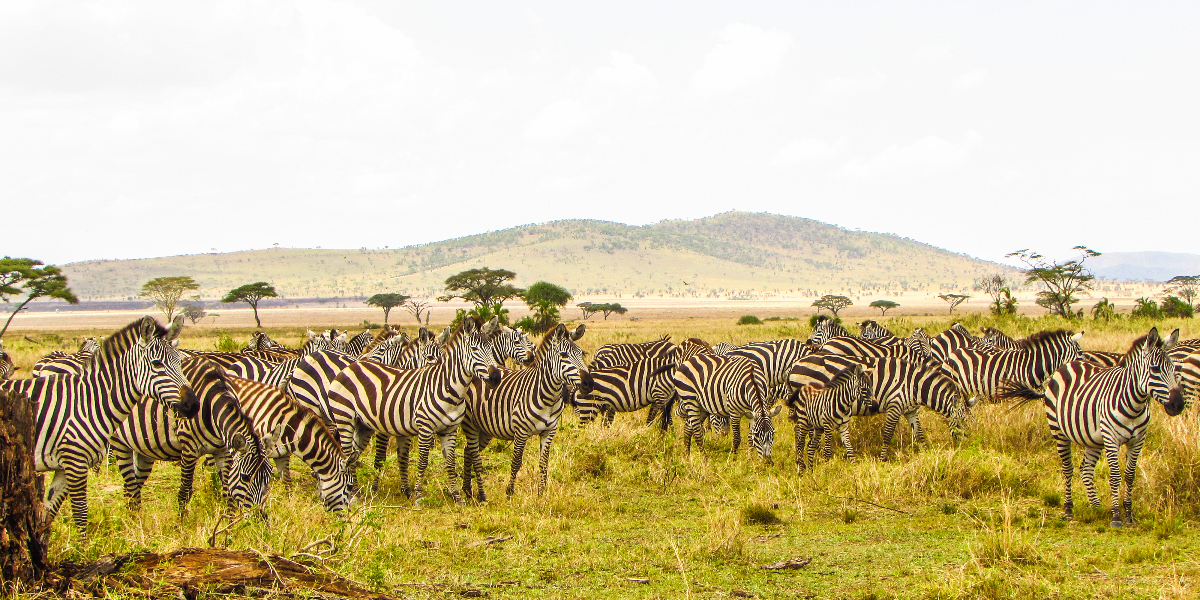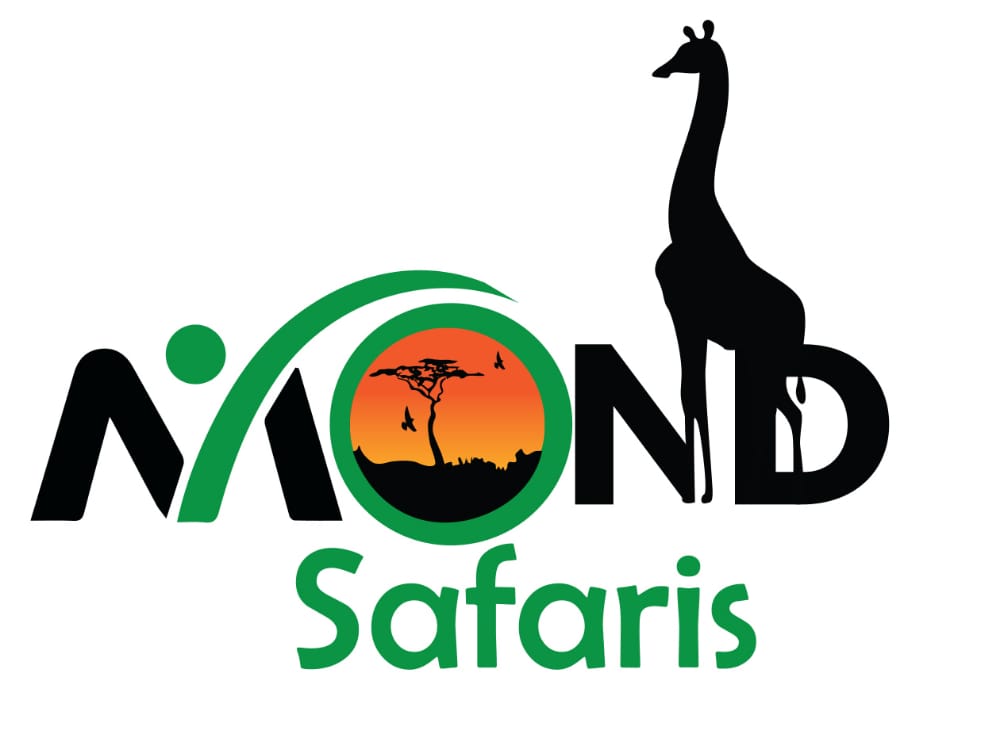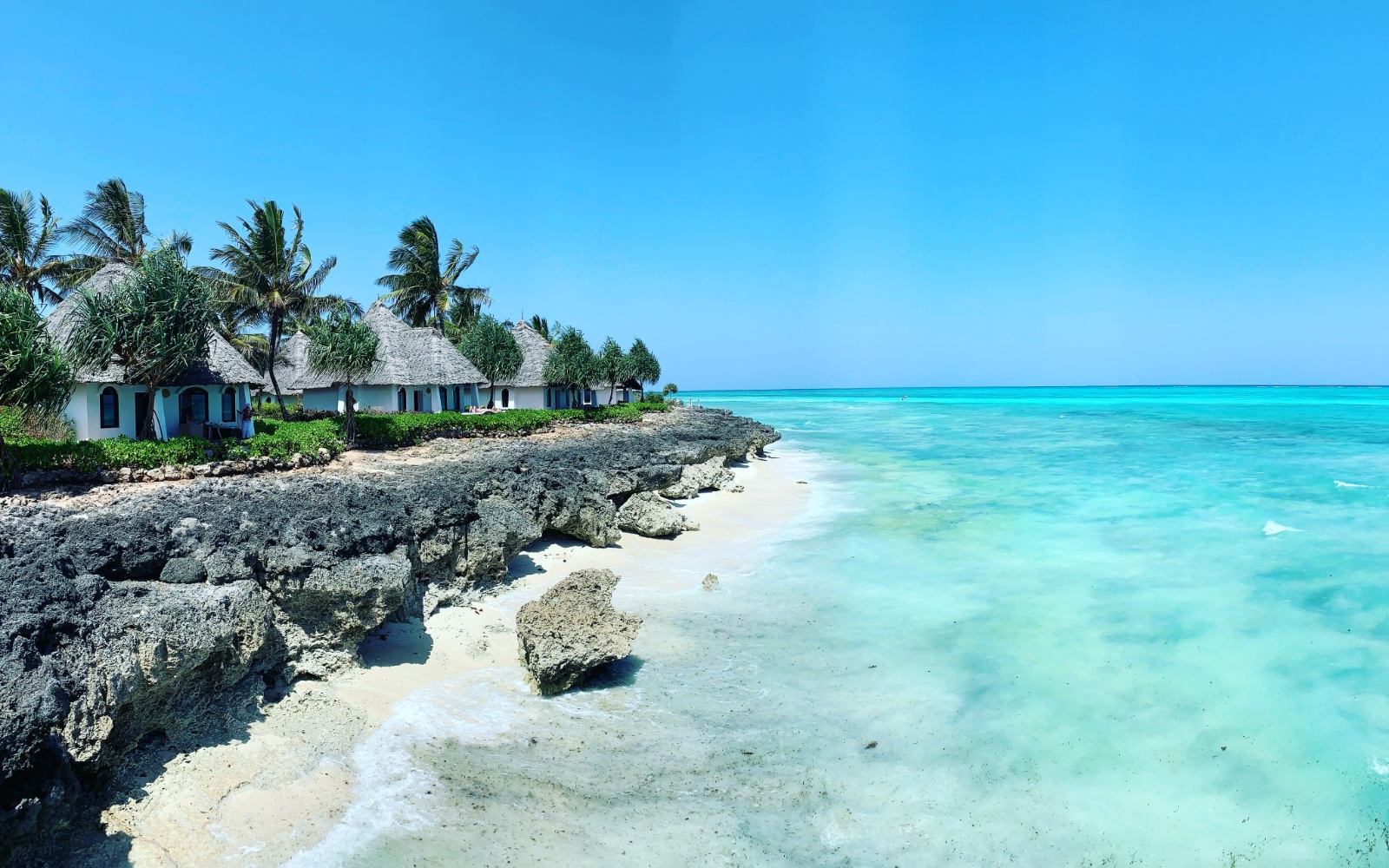Embark on an African adventure like never before as we unveil the top 7 best…

where and when to go on east africa safari
Choosing the Perfect Time and Place for Your East Africa Safari
Embarking on an East Africa safari is a dream for many, but navigating the weather patterns and wildlife movements is essential for an unforgettable experience. Instead of stumbling upon rain-soaked beaches and elusive savannahs, strategic planning will place you in the heart of the action.
East Africa boasts a unique blend of landscapes and wildlife, making it a year-round destination. Understanding the distinct seasons and the prime moments in each location can elevate your safari adventure. Let’s break down the year into three periods, aligning with the wildebeest migration and the alternating rainy and dry seasons.
December to March: The Summer Expedition
Weather: Expect warm temperatures with average highs of 28°C and lows of 15°C. Short rains occur, but they are scattered and localized.
Prime Destinations:
The Serengeti: Witness the wildebeest herds moving across the southern and eastern plains, with predators in action during the February calving season.
Lake Nakuru: January and February are ideal for birdwatching, especially the mesmerizing gatherings of flamingos at Lake Nakuru.
Mount Kilimanjaro: Optimal climbing conditions prevail in warm and dry January and February.
Gorilla Trekking in Rwanda & Uganda: Late December to early March offers the driest weather for easier treks and better views.
Zanzibar: Visit between late December and early March for a less crowded experience and better deals on accommodation.
April to June: The Rainy Safari
Weather: Long rains bring heavy showers for a few hours daily. Safaris remain good in the Serengeti, Lake Manyara, and Masai Mara, with fewer crowds and lower costs.
when to go on east Africa safari :Prime Destinations
Southern & Central Serengeti: April, May, and June are optimal for witnessing wildebeest herds preparing for their trek.
Ngorongoro Crater: Lush greenery and fewer visitors make April to June an excellent time for Big 5 game viewing.
July to November: The Dry Season Delight
Weather: Mild temperatures and classic dry-season game viewing make these months popular. July to September offers the most pleasant weather.
when to go on east Africa safari :Prime Destinations:
Western Serengeti: Witness the wildebeest and zebra herds, along with dramatic river crossings, in early July.
Northern Serengeti: As the dry season progresses, animal movements intensify, especially around the Mara River.
Masai Mara: From mid-August to early October, the Mara hosts peak game viewing as the herds flood in from the Serengeti.
Gorilla Trekking in Uganda & Rwanda: June to August provides a relatively dry period for trekking.
Mount Kilimanjaro: September is an excellent month for climbing, with July and August suitable for those comfortable with colder temperatures.
Zanzibar: Late June to October is the coolest and driest time, but also the busiest. Ideal for families, but plan for higher rates.
Tarangire National Park: From July to November, witness the abundance of wildlife drawn to the Tarangire River, offering outstanding elephant viewing and predator action.
By aligning your East Africa safari with the seasons and wildlife movements, you can ensure a personalized and remarkable adventure.




